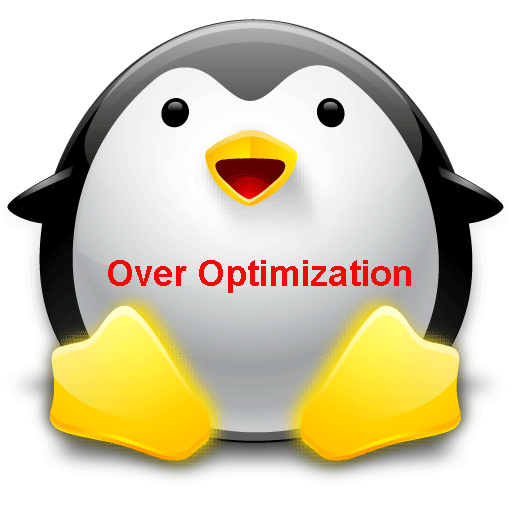SEO Singapore SEO = Search Engine Optimization | Local and Worldwide
A Singapore SEO Service you can trust.
SEO and Google Penguin Update: The Consequences of Over-Optimization
 Once websites owners become aware of the online marketing tool known as search engine optimization (SEO), endless pages of information become available. Learning from past experiences of others, the process of competitive analysis, and the generally available tips and tricks spread out on pages across the internet, it isn’t particularly difficult to begin the (never-ending) process of search engine optimization. Some prefer a more “natural” approach to optimization by maximizing the factor of social media popularity, and others prefer to capitalize on webpage keywords and content or link campaigns. Whatever the method optimizers employ to try and raise their webpage’s ranking, all who have or are currently attempting to optimize their webpages are faced with a new obstacle that was launched on April 24th, 2012: the Google “Webspam Update”, otherwise known as the “Penguin Update”.
Once websites owners become aware of the online marketing tool known as search engine optimization (SEO), endless pages of information become available. Learning from past experiences of others, the process of competitive analysis, and the generally available tips and tricks spread out on pages across the internet, it isn’t particularly difficult to begin the (never-ending) process of search engine optimization. Some prefer a more “natural” approach to optimization by maximizing the factor of social media popularity, and others prefer to capitalize on webpage keywords and content or link campaigns. Whatever the method optimizers employ to try and raise their webpage’s ranking, all who have or are currently attempting to optimize their webpages are faced with a new obstacle that was launched on April 24th, 2012: the Google “Webspam Update”, otherwise known as the “Penguin Update”.
There have been many whispered conversations about a conspiracy of Google to try and stop over-optimization among webpages. Optimizers have always been attempting to gain greater insight into Google’s algorithm and better understand the Googlebot web crawler, but one of the newest Google algorithm updates, nicknamed “Penguin”, has created a system that penalizes webpages that are guilty of over-optimization and excessive use of both on and off-page optimization factors, causing optimizers to begin to update their pages in very different ways.
Penguin inevitably caused some traffic drop-off by deeming various optimization attempts as “spam”, but there are certain ways that owners can continue to update webpages in ways that will be viewed as positive by search engine crawlers rather than negative “spam”. One of the first steps that optimizers must take to decrease any negative impact of Penguin is to review text content on webpages and remove any obvious attempts at stuffing keywords or including any other violations to increase ranking.
The first step to recovering from the effects of the Penguin update is to look at the change in traffic since the launching of Penguin. A simple search through Google’s Webmaster Guidelines or research into negative factors of Google’s algorithm can help gain insight into what sorts of changes should be made to decrease violations. Also, use Google Webmaster Central as a way to communicate with Google; it allows webpage owners to view content that is flagged as spam. However, make sure to stay away from the “reconsideration” of request option. Penguin made an algorithmic change to the methods of Google, meaning that manual exceptions to flagged content is very rare.
Also, make sure that new updates are heavily focused on the content of the webpage and delivering relevant and interesting information to consumers. With the advent of the Penguin update, optimization is inexorably shifting towards focusing on pleasing visitors rather than pleasing search engine crawlers (although, both still play an integral part). On the same note, review link content on webpages as well. Make sure that links are to something that is just as pleasing, relevant, and interesting to visitors as the content of the webpage.
Many veteran optimizers are suggesting that Penguin is ushering in a new age of search engine optimization. Rather than focusing on more “technological” aspects of optimization, webpage owners should be turning more towards more “natural” approaches to optimization namely, social media. While focusing on structure of webpages, links, and keywords is important to optimize, it unavoidably leads to stuffing keywords, and sacrificing quality for quantity in link campaigns. To many, Penguin is simply encouraging a shift in the focus of the optimization community to social media mediums to market and showcase content to visitors.
Some may believe that the Penguin update was and remains disastrous for webpages, condemning attempts to optimize and improve internet traffic and the breadth of the audience the content reaches. However, what Penguin is trying to do is simply turn an age that has focused so heavily on technologic aspects of webpage improvement back to the original creator of online popularity: focus on and appreciation of the webpage visitors.

![Validate my RSS feed [Valid RSS]](/images/valid-rss-rogers.png)